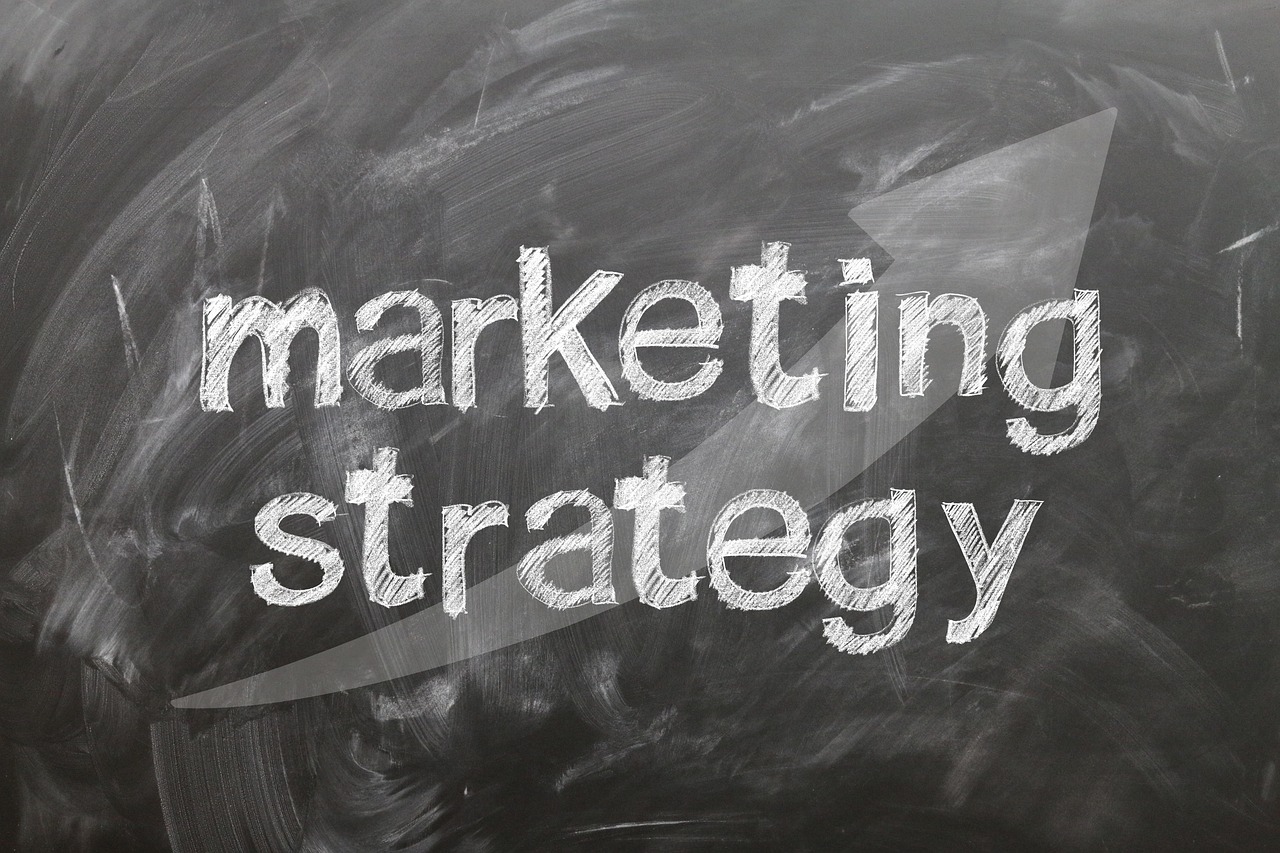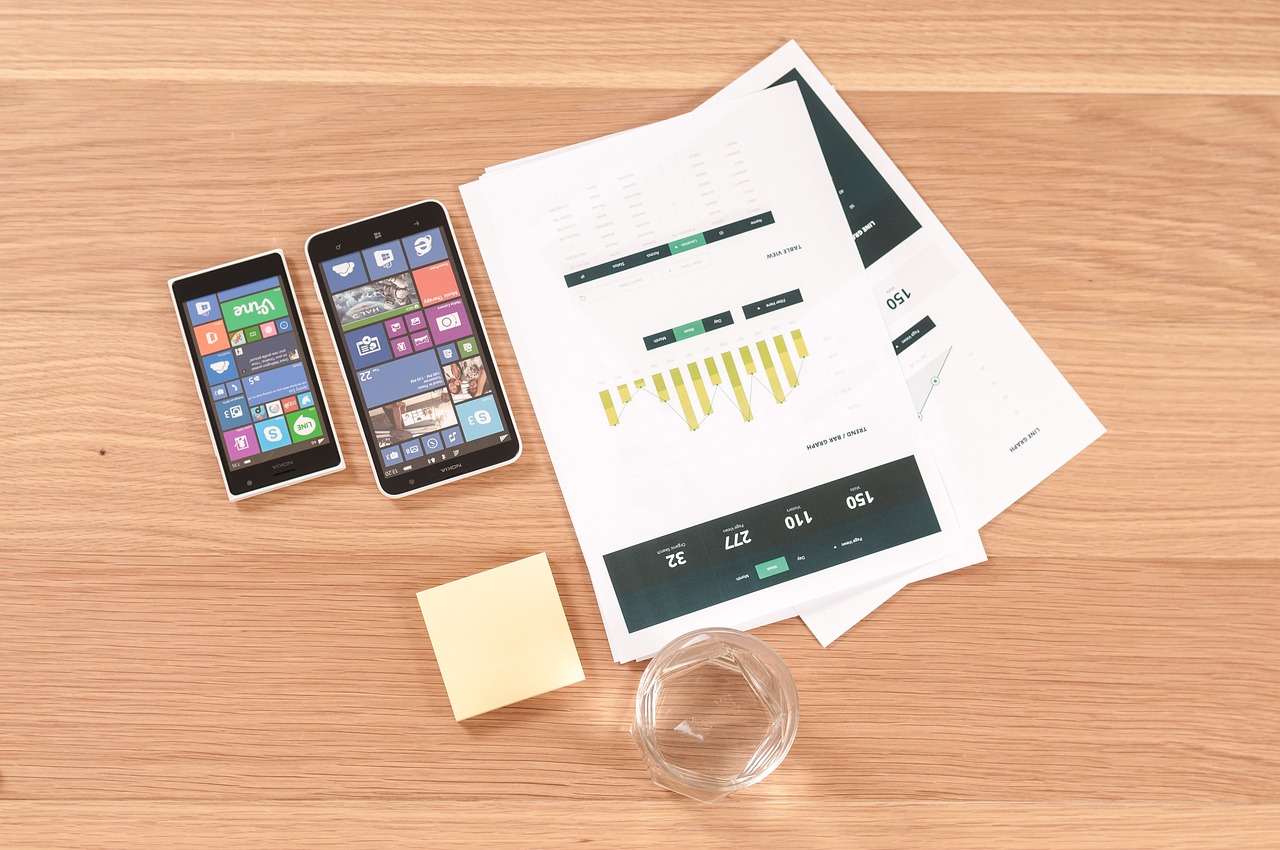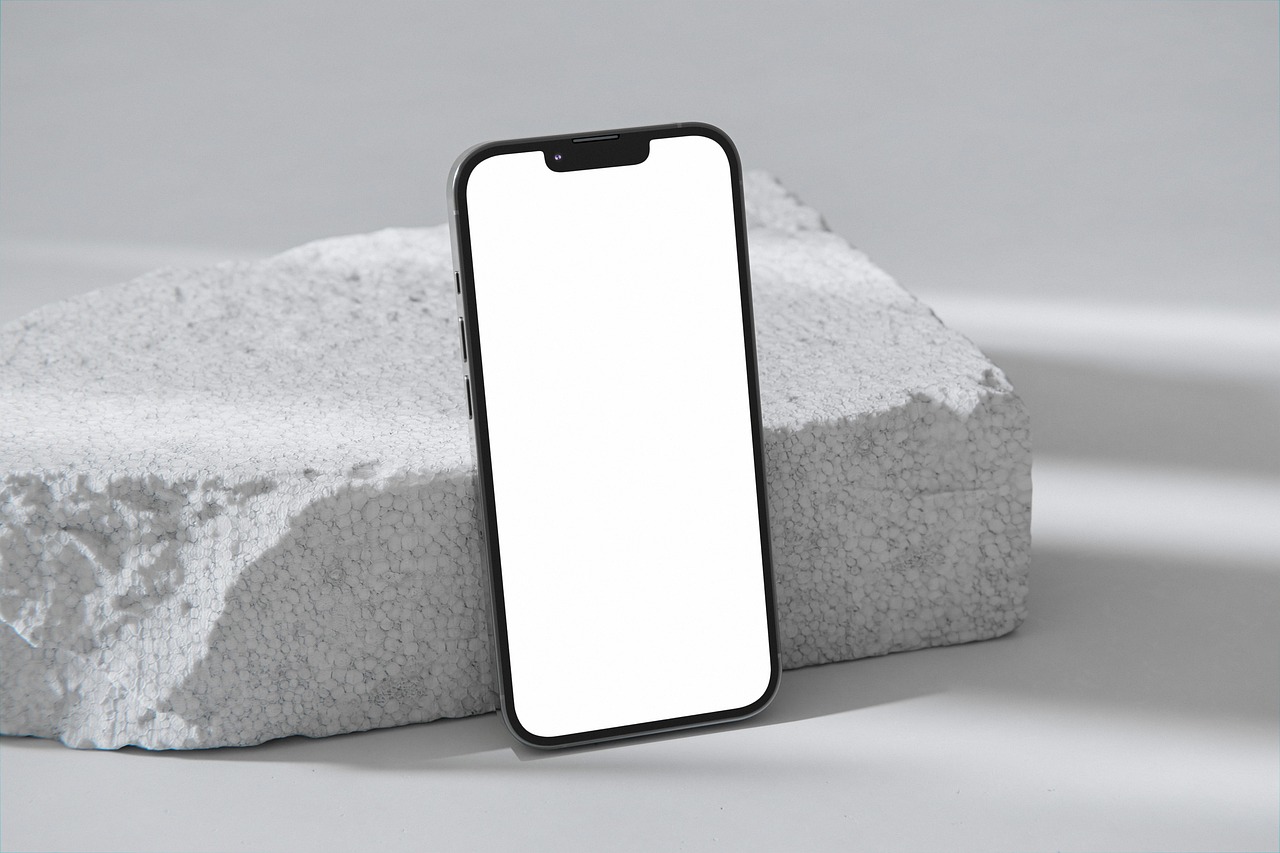Let’s be honest. Most brand refreshes fall flat. They’re shiny, expensive… and often useless when it comes to moving the needle.
Sound familiar?
You’re not alone. Across the UK, businesses are pouring time and money into rebrands that look great on Behance but fail to translate into actual business impact. As 2025 rolls in and digital expectations continue to evolve at lightning speed, visual identity can’t just be nice to look at. It has to mean something. More importantly, it needs to work hand-in-hand with your business objectives.
So, how do you get there? How do you make sure your next visual identity refresh doesn’t just win design awards but also wins market share? Let’s explore.
Why Brand Refreshes Often Miss the Mark
Let’s start with a tough pill to swallow: most redesigns don’t fail because the creative was bad. They fail because no one connected the visuals with the strategy.
I’ve seen this firsthand working in-house with fast-growing UK startups and later on the agency side. A beautifully reimagined logo was launched with champagne and celebration… but six months in? Zero uptick in conversions. No movement on brand awareness. Sales teams unsure how to translate the new look into messaging. Ouch.
Why does this happen?
- No clear business goals were set beforehand
- Metrics weren’t defined, let alone tracked
- Different departments had different interpretations of success
A visual identity refresh isn’t just design. It’s change management in disguise. It needs strategy, alignment, and measurable targets behind it.
Smarter Metrics for Rebrands in 2025
Alright, let’s get practical. What exactly should you track when refreshing your identity in 2025?
Here’s what UK businesses should focus on:
-
Brand Awareness + Reach
Use tools like Brandwatch or YouGov BrandIndex to measure before-and-after brand recognition. Look at share of voice and sentiment, especially online. -
Customer Engagement
Monitor bounce rates, time on site, social media interaction, and product page views. If your visuals are working, people should be sticking around longer. -
Conversion Rates
Keep an eye on sales funnels. Any movement in web sign-ups, checkouts, or CTAs post-rebrand? That’s gold. -
Employee Advocacy
A new identity should energize your internal teams. Are they using the new assets? Is there a boost in LinkedIn activity or employee referrals?
When you measure properly, results can be surprisingly positive. Or they’ll show you where the work’s not landing yet. Either way, you’ve got clarity.
Real-World UK Rebrand Wins That Got It Right
Let’s talk success stories. A few standout UK creative agencies have helped brands find that sweet spot between fresh design and clear ROI.
Studio Output, for example, worked with the BBC to refresh the BBC Three brand when it moved to online-only. Rather than just tweaking visuals, they made sure the new identity spoke directly to a Gen Z audience. Tracking video completion rates and social shares to measure effectiveness. It worked. BBC Three saw massive uplift in digital engagement, especially on YouTube and Instagram.
Then there’s SomeOne London, who partnered with Royal Enfield on their UK relaunch. They didn’t just redesign a logo. We’re talking packaging, showroom experiences, even ride event materials. They tracked dealer footfall and online enquiries post-launch. And both saw major gains.
Common thread? Data-driven design decisions. Creative backed with measurable strategy.
Visual Cues That Work in 2025
Let’s face it. Brand aesthetics age fast. What felt sleek in 2020 can feel off-brand (or even off-putting) now. But what’s hitting the mark this year?
Here are the visual themes catching both user trust and attention in 2025:
-
Premium feels minimal
High-end brands are sticking with restrained, neutral tones, custom typography, and simple yet bold iconography. Clean doesn’t mean boring. Think sophistication over flash. -
Sustainability takes center stage
Design that communicates purpose is a must. Earthy tones, textures inspired by natural materials, and symbols of regeneration are trending hard. -
Bold ≠ loud
Eye-catching palettes that balance vibrancy with elegance set brands apart. Think corals paired with navy, or soft pastels with neon edges. Fresh yet strategic. -
Motion speaks volumes
Animation in branding is the new norm for digital presence. Logos that subtly animate, transitions that reinforce identity, and micro-interactions that feel human.
Boring won’t cut it. But being different still needs to be right for your audience.
Getting Everyone Singing from the Same Strategy Sheet
Here’s a thought: your brand refresh won’t work unless marketing, design, leadership, and operations all understand the ‘why’ behind it.
Seriously. I’ve worked with companies where the CMO is buzzing, the CEO is nervous, the design team is racing ahead, and customer services are in the dark. It’s chaos.
Here’s what actually works:
-
Co-create the brand brief
Don’t just hand it off to the agency. Build it together. Your brand, your goals, your audience. -
Hold alignment workshops
Sessions where everyone lays out hopes, fears, and vision. Not PowerPoint decks. Real conversations. -
Define success before you start
Get buy-in on what success looks like. From all departments. Not just “it looks cool”, but specific results. -
Use one source of truth
Whether it’s Notion, Google Drive, or a dedicated rebrand hub. Everyone needs access to the same assets, messaging, and strategy notes.
You’re not designing for leadership. You’re designing with them. That’s where magic happens.
TL;DR – Bring Strategy to the Surface
Your visual identity in 2025 can’t be just another pretty face. It needs to tie back to why you’re in business. Strategy and creative have to date, get serious, and build something together.
Will that take time, energy, and hard decisions? Absolutely.
Will it be worth it? Every single time.
So whether you’re working with an agency, retooling your internal team, or just mood-boarding ideas on a whiteboard, ask yourself: what are we really trying to achieve. And how will this new look help us get there?
If that answer is clear? You’re well on your way.
Feeling stuck or planning your own visual overhaul in 2025? Whether you’re a tech startup looking to reposition or an established SME needing a fresh coat of meaning, drop a comment or shoot a message. I’d love to help dissect your brand goals and see what true alignment could look like.
Frequently Asked Questions
What’s the difference between a rebrand and a brand refresh?
A rebrand often involves a complete overhaul. Name changes, positioning shifts, new values, etc. A brand refresh typically updates the visual identity (logo, colours, typography) while keeping the brand’s core personality intact. In both cases, strategy should come first.
How do I know if our brand refresh was successful?
Look at both hard data. Like conversion rates, web traffic, and social engagement. And soft indicators like employee adoption and customer sentiment. If people are talking about (and acting on) the new direction, it’s working.
Should small businesses invest in a full visual identity refresh?
Not always. It depends on your goals. If you’re entering new markets, repositioning, or your current branding misrepresents your value. Yes, it might be time. But if your current design still works and you’re growing steadily, consider smaller refinements instead.
When should we bring in a creative agency?
Bring them in early. The best results happen when agencies collaborate on brand strategy. Not just execution. If you wait until after all decisions are made, you miss out on valuable creative input that could inform more strategic outcomes.
What if leadership disagrees on the goals of the rebrand?
This happens more than you’d think. Have a strategy session to clarify objectives. Aligning on the ‘why’ before jumping into design thinking is crucial. Otherwise, you risk pleasing no one and confusing everyone. If needed, bring in a third-party facilitator to guide the discussion.






